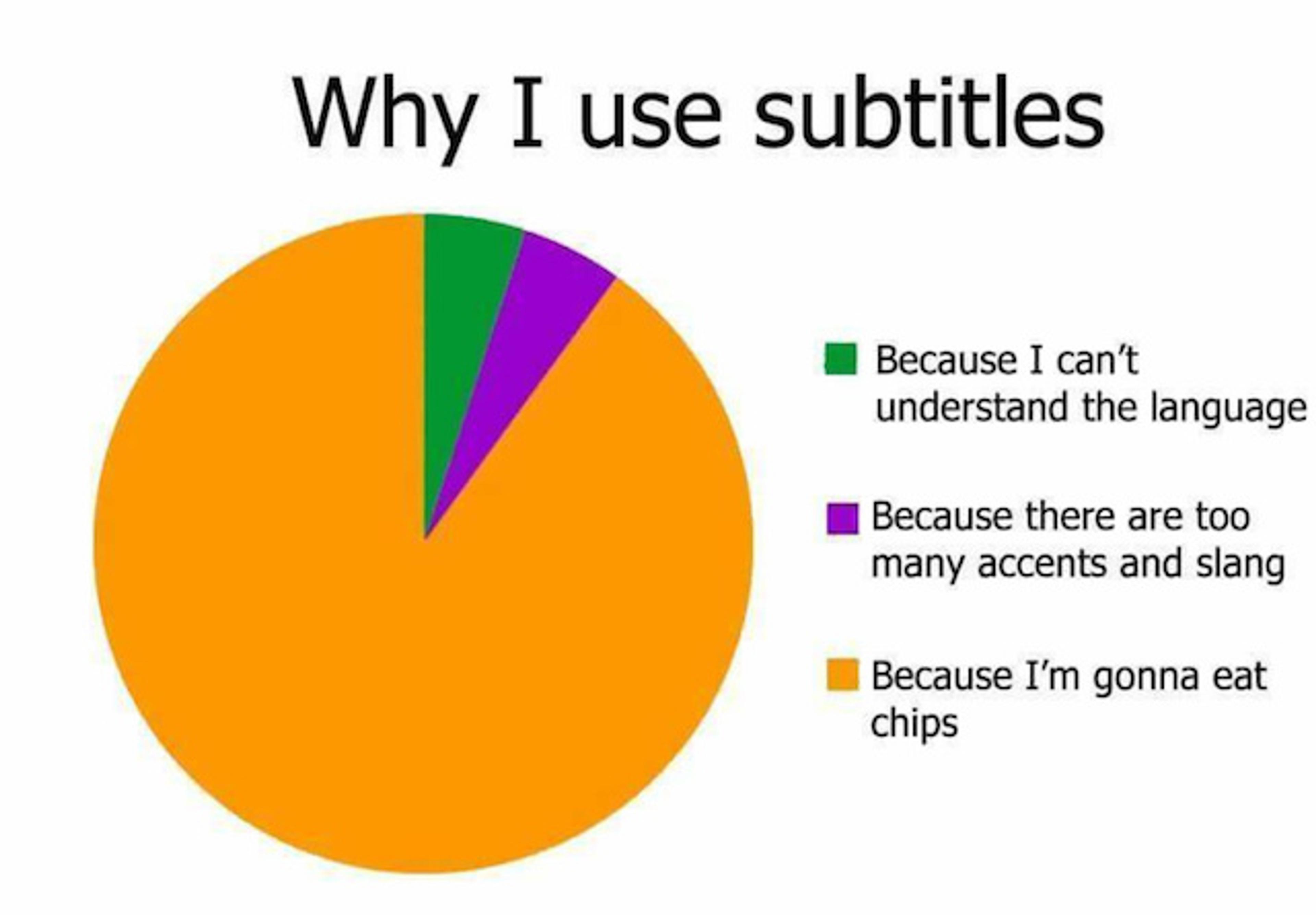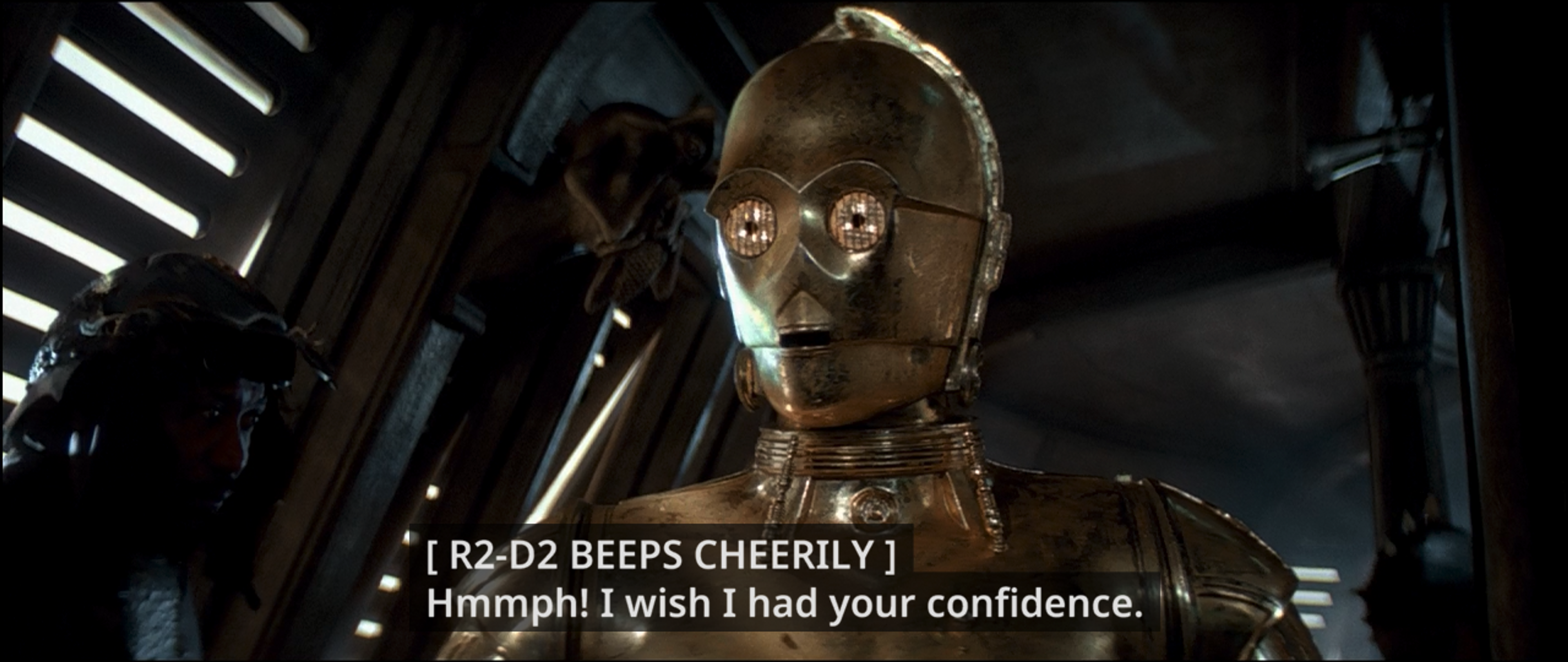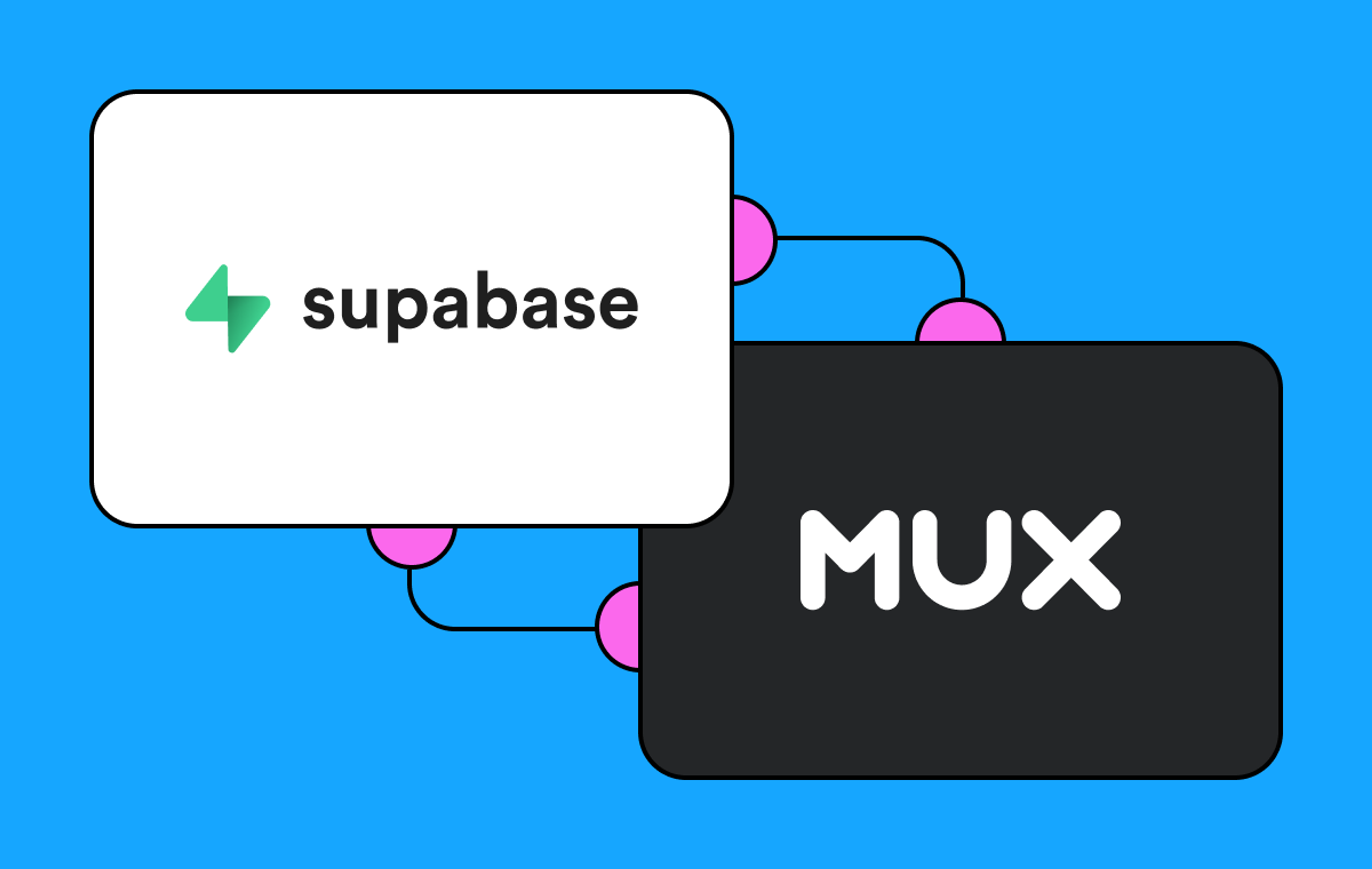Updated 10/13/21: Caption support is now available for live video. Hooray! Check out our blog post for more information.
When you’re streaming video over the Internet, there are many reasons to support subtitles and closed captions. For one, if your content has ever been broadcast, you may be required to by the FCC. Beyond being compliant, you may want to provide this service to your users for:
- Accessibility. Ensure your users with a hearing disability can access your content.
- International reach. Give your content broader reach by offering subtitles in other languages.
- Drive user engagement. You may remember the report that 85% of Facebook video views are watched without sound. The stats may have changed since 2016, but it seems reasonable to assume there may be a good chunk of your audience that prefers to watch videos or scroll through their video feed of daily news or social content muted. Subtitles or closed captions could help maintain engagement with those viewers.
There’s definitely value in providing subtitles and/or closed captions so we’re excited for the release of this new feature!

My personal use case for subtitles. (Image credit: the Internet)
The difference between subtitles and closed captions
The terms “subtitles” and “closed captions” are often used interchangeably and for the most part, they’re pretty similar. The difference comes down to one characteristic: closed captions include the transcription of sounds i.e. music, sound effects, etc. in addition to spoken words. Traditionally, subtitles were used to communicate other languages so it was designed to display only spoken words. Today, there are some regions where closed captions are known as “subtitles for the deaf and hard of hearing.” In fact, Apple calls it that on Apple TV.

Image credit: https://blog.ai-media.tv/blog/what-is-sdh
How it works
To add subtitles or closed captions to your videos, simply send us the files alongside your video file (or you can also add them afterwards!). Any subtitle or caption files that are ingested will automatically be associated and included with the video stream when using HLS and also available as a sidecar file to include in a HTML5 text track, especially when using MP4 for playback.
Note that subtitles and closed captions work for video on demand (VOD) only. You can add it to your live stream once it transitions to VOD. As for how many languages we support, you can have as many as you want! There's no limit. Check our docs for details.
There’s no additional cost for this feature and it is included for all our Mux Video customers.
We hope you find this useful! Let us know what other features you’d like to see in the future.



